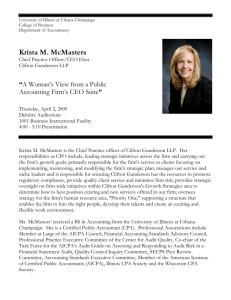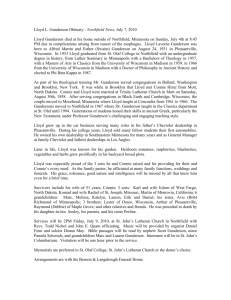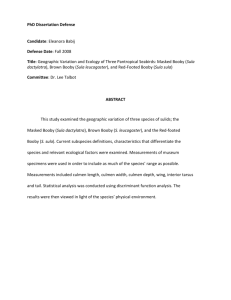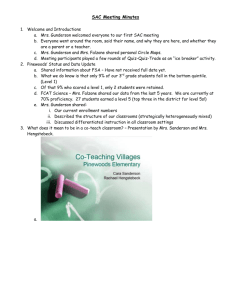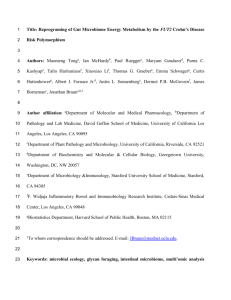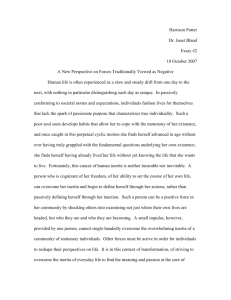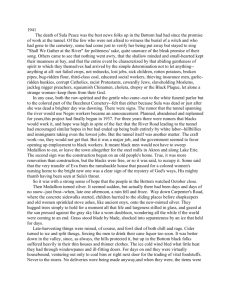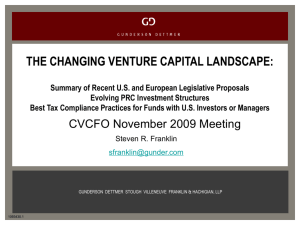Break out session: Manufacturing
advertisement
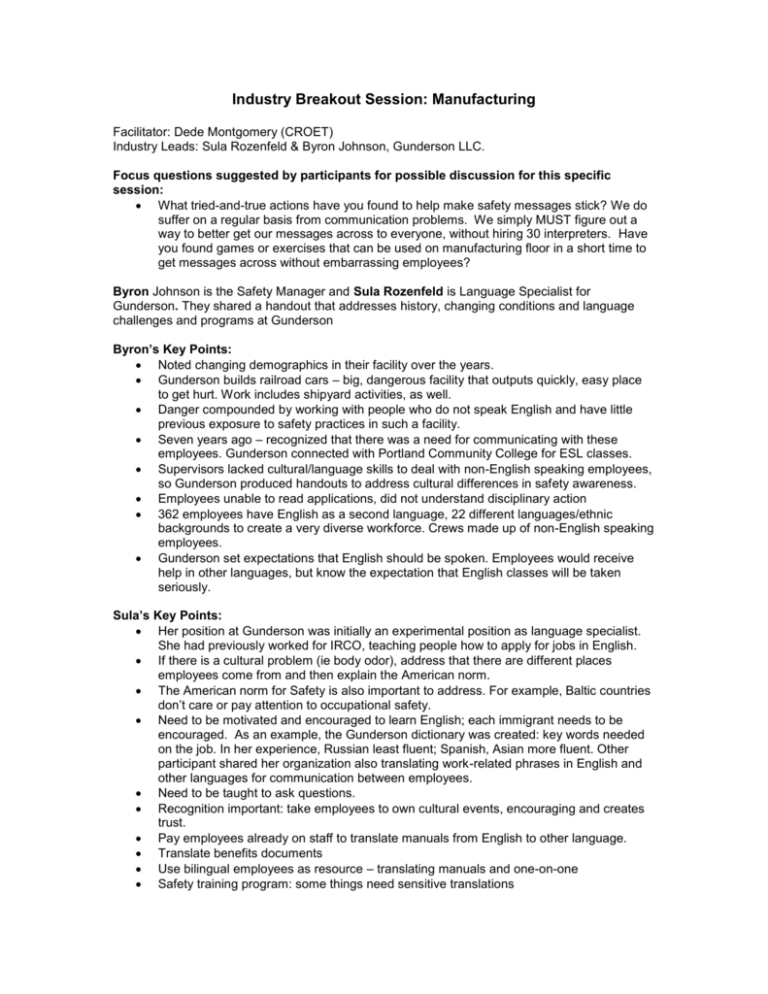
Industry Breakout Session: Manufacturing Facilitator: Dede Montgomery (CROET) Industry Leads: Sula Rozenfeld & Byron Johnson, Gunderson LLC. Focus questions suggested by participants for possible discussion for this specific session: What tried-and-true actions have you found to help make safety messages stick? We do suffer on a regular basis from communication problems. We simply MUST figure out a way to better get our messages across to everyone, without hiring 30 interpreters. Have you found games or exercises that can be used on manufacturing floor in a short time to get messages across without embarrassing employees? Byron Johnson is the Safety Manager and Sula Rozenfeld is Language Specialist for Gunderson. They shared a handout that addresses history, changing conditions and language challenges and programs at Gunderson Byron’s Key Points: Noted changing demographics in their facility over the years. Gunderson builds railroad cars – big, dangerous facility that outputs quickly, easy place to get hurt. Work includes shipyard activities, as well. Danger compounded by working with people who do not speak English and have little previous exposure to safety practices in such a facility. Seven years ago – recognized that there was a need for communicating with these employees. Gunderson connected with Portland Community College for ESL classes. Supervisors lacked cultural/language skills to deal with non-English speaking employees, so Gunderson produced handouts to address cultural differences in safety awareness. Employees unable to read applications, did not understand disciplinary action 362 employees have English as a second language, 22 different languages/ethnic backgrounds to create a very diverse workforce. Crews made up of non-English speaking employees. Gunderson set expectations that English should be spoken. Employees would receive help in other languages, but know the expectation that English classes will be taken seriously. Sula’s Key Points: Her position at Gunderson was initially an experimental position as language specialist. She had previously worked for IRCO, teaching people how to apply for jobs in English. If there is a cultural problem (ie body odor), address that there are different places employees come from and then explain the American norm. The American norm for Safety is also important to address. For example, Baltic countries don’t care or pay attention to occupational safety. Need to be motivated and encouraged to learn English; each immigrant needs to be encouraged. As an example, the Gunderson dictionary was created: key words needed on the job. In her experience, Russian least fluent; Spanish, Asian more fluent. Other participant shared her organization also translating work-related phrases in English and other languages for communication between employees. Need to be taught to ask questions. Recognition important: take employees to own cultural events, encouraging and creates trust. Pay employees already on staff to translate manuals from English to other language. Translate benefits documents Use bilingual employees as resource – translating manuals and one-on-one Safety training program: some things need sensitive translations Question from participant - Other languages – how do you reach the people who speak languages that there are no translations for? Sula and participants Some speak other languages that there are translations for and in this manner threefourths of the workforce are covered. Some carry-over between languages Use pictures to help cross language barriers, visual management found to be successful. Training: Exercises/scenarios for groups of people that speak the same languages, have one that speaks English then present the solution. Question – What about special attention for new employees? Sula/Byron and participants: Some foremen seek out those that speak the same language as the majority of the rest of the crew to help assimilation. May change later on, but hopefully by then they are learning English. Sula puts on the pressure to go to English classes, praises when they do; company pays for classes. Get help of foremen to identify, encourage certain workers to go; respond to a request from the boss (respect for hierarchy). Example: Decision-makers come to final of Accent Reduction Class to note the hard work and get feedback from supervisors. Supervisors set example, draw other employees into the classes. Gunderson has used the Company, Naturally Speaking. Question – Who pays for ESL classes? At Gunderson, company pays for the classes, but it is on the employees’ own time. Sula says that this is for the personal growth of the employee so should be uncompensated. Other participants had experience with employer paying for classes, and some with employer paying for both classes and the employees’ time. Question - How do you address safety as it may relate to cultural dress or practices? (eg., Somalians and long dresses and head scarves) Relate that these need to be changed or adapted to get a job (ie man wants to shave beard so he can work at Burger King) Other examples of Cultural programs: Country of the Month – give info on a country once a month, employees get involved and educate about their country. IRCO (International Refugee Center Oregon) is a useful resource to find employees. Question – Are OSHA standards in place in their multi-national companies? Most participants shared that some safety standards fall into place naturally by the use of modern machinery in newer facilities. Participants shared that in their organizations everything is assessed by the same set of standards for all plants. Question - How do you teach employees in a way that will stick (make it fun without being childish)? (Many participants shared in ideas below) ESL classes: write a paragraph on a topic that pertains to the company, helps make something stick Competitions – how fast can you do it correctly? Recognition for accomplishing something correctly Had questions pertaining to safety, correct answers went into a drawing for a cool prize Team demonstrations, using them as an example, visual/kinetic learning. Use prizes for the best presentations. Took pictures of correct safety procedures, those that were doing it correctly got recognition, made a good training tool and gave them someone to go to for help. Recognition more rewarding than “fun” Support of senior managers made this possible.
